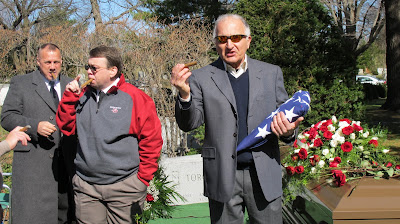Dharma Vijaya Buddhist Vihara in Los Angeles.
Near a busy downtown Los Angeles intersection stands a house, converted into rooms for spiritual reflection: Dharma Vijaya Buddhist Vihara. (Dharma means the teachings of the Buddha; Vijaya means victory; Vihara means temple.) A Sri Lankan monk, Bhante B. Kalyanawansa greated us and explained some of his Buddhist Theravada tradition, which is considered by some to be the oldest version of the Buddha’s teachings now surviving. “It preserves the original doctrines and practices taught by the Buddha over 2,500 years ago,” states the temple’s website.
The monks begin their day at 6 a.m. with services in the shrine room, which include offerings to the Buddha, recitation of a sutta (sutra) and meditation.
The vihara performs all rites and ceremonies observed by the Theravada Buddhist communities and offers instruction in meditation.
The vihara also “conducts public lectures to impart basic knowledge of Buddha’s teaching embodied in the Tripitaka texts. These texts are widely referred to as the Pali Canon because they are [written] in Pali, an ancient Indian language that was spoken by Buddha. Weekly evening classes are held at the vihara for the study and discussion of the fundamental theory and practice of Theravada Buddhism,” states the website.
This visit to the vihara by Jacky and I was to gather information about the rites and rituals specific to Theravadins. We promised Bhante Kalyanawansa that we’d return to observe a service in the future.
TO VIEW JACKY’S BLOG, go to:
http://liuontheway.blogspot.com/
Bhante B. Kalyanawansa, one of five monks at the vihara.
A room for meditation.
Jacky L. meditating at the vihara.
The vihara has its own Bodhi tree.
From "Sayings of the Buddha":
This is a religion for one to come and practice
but not just to come and believe.


















































